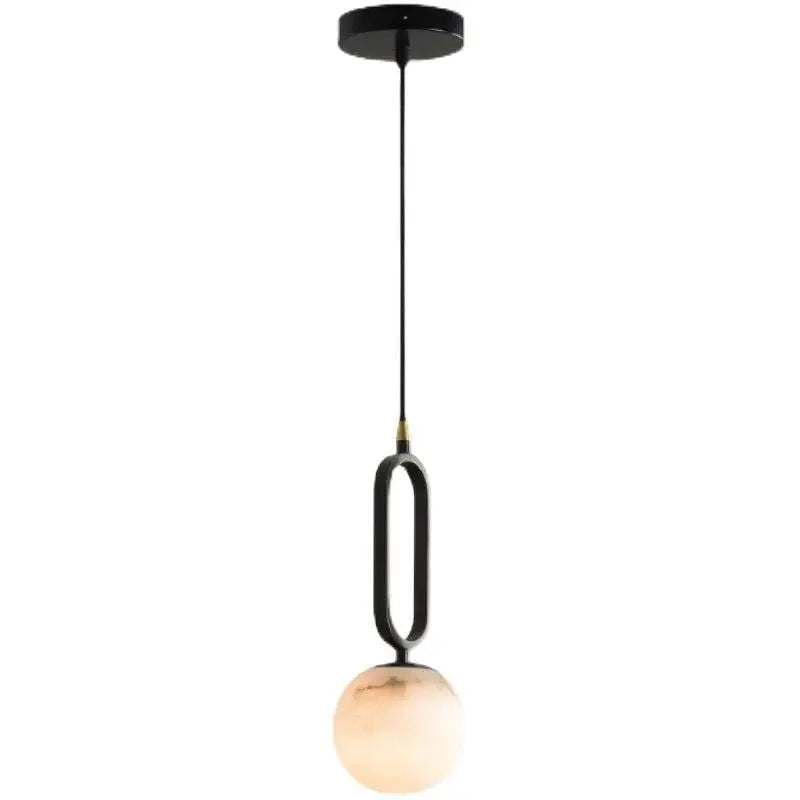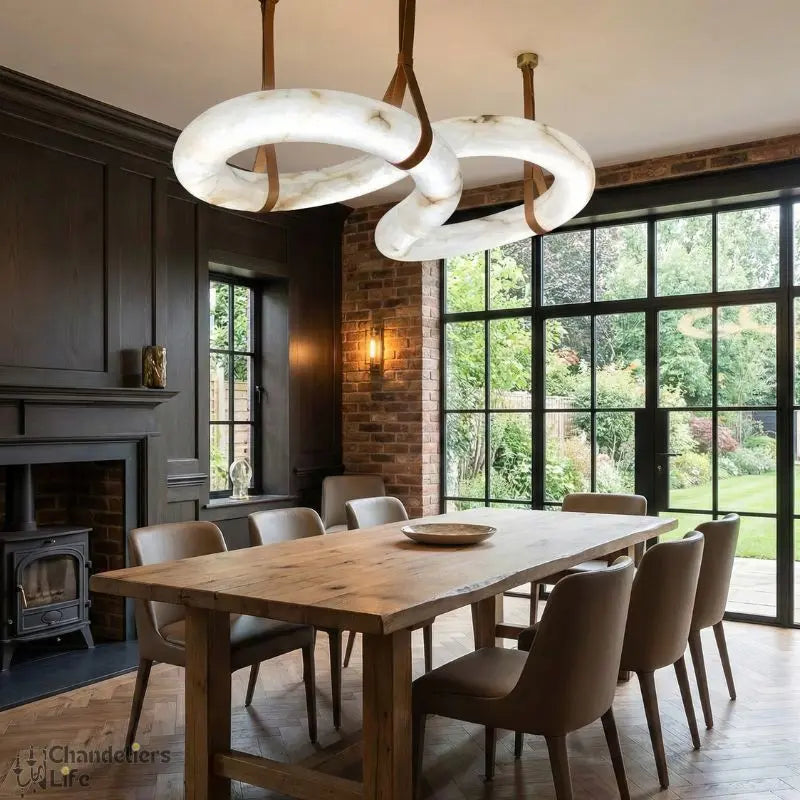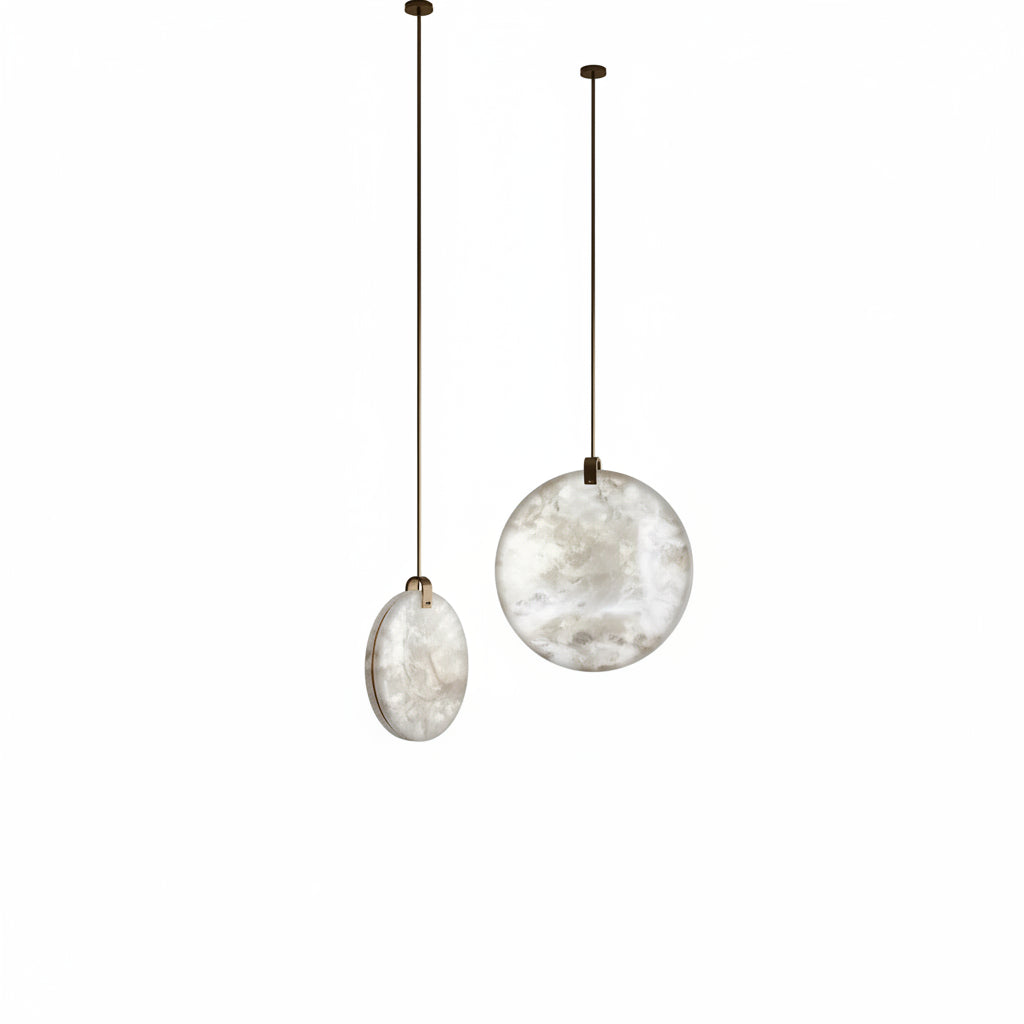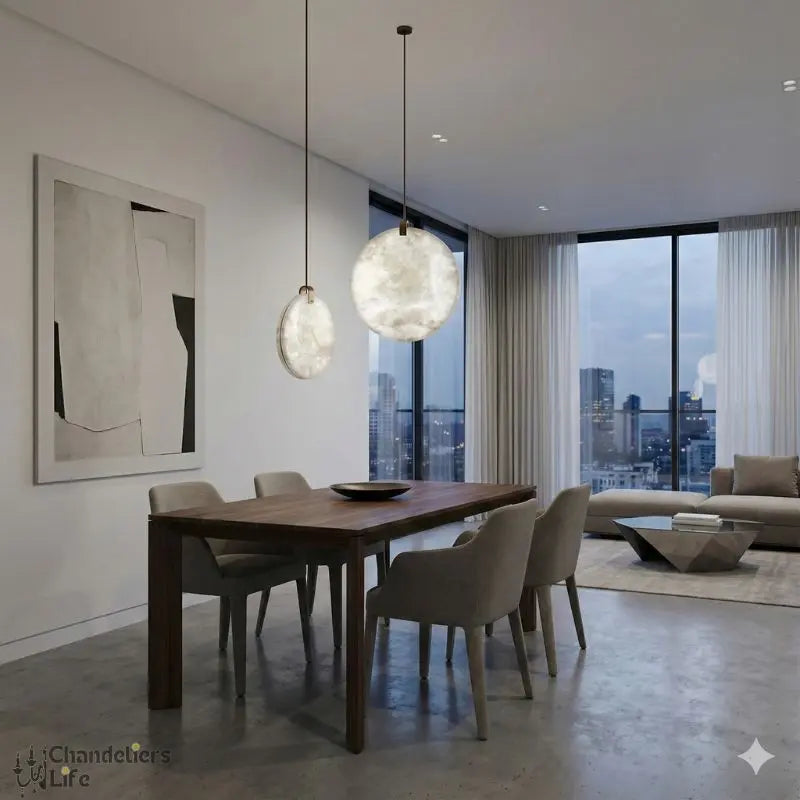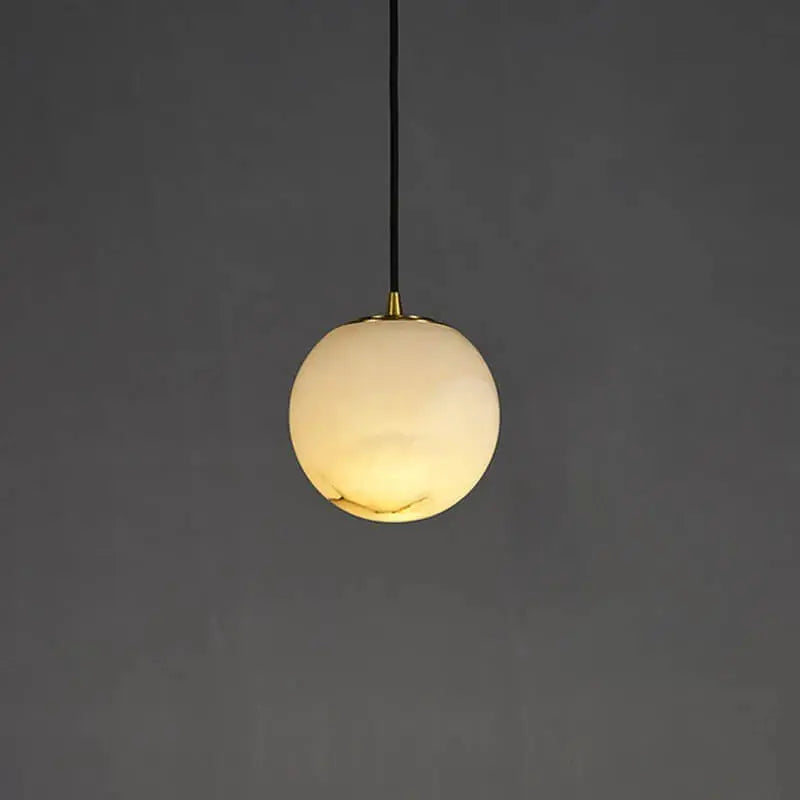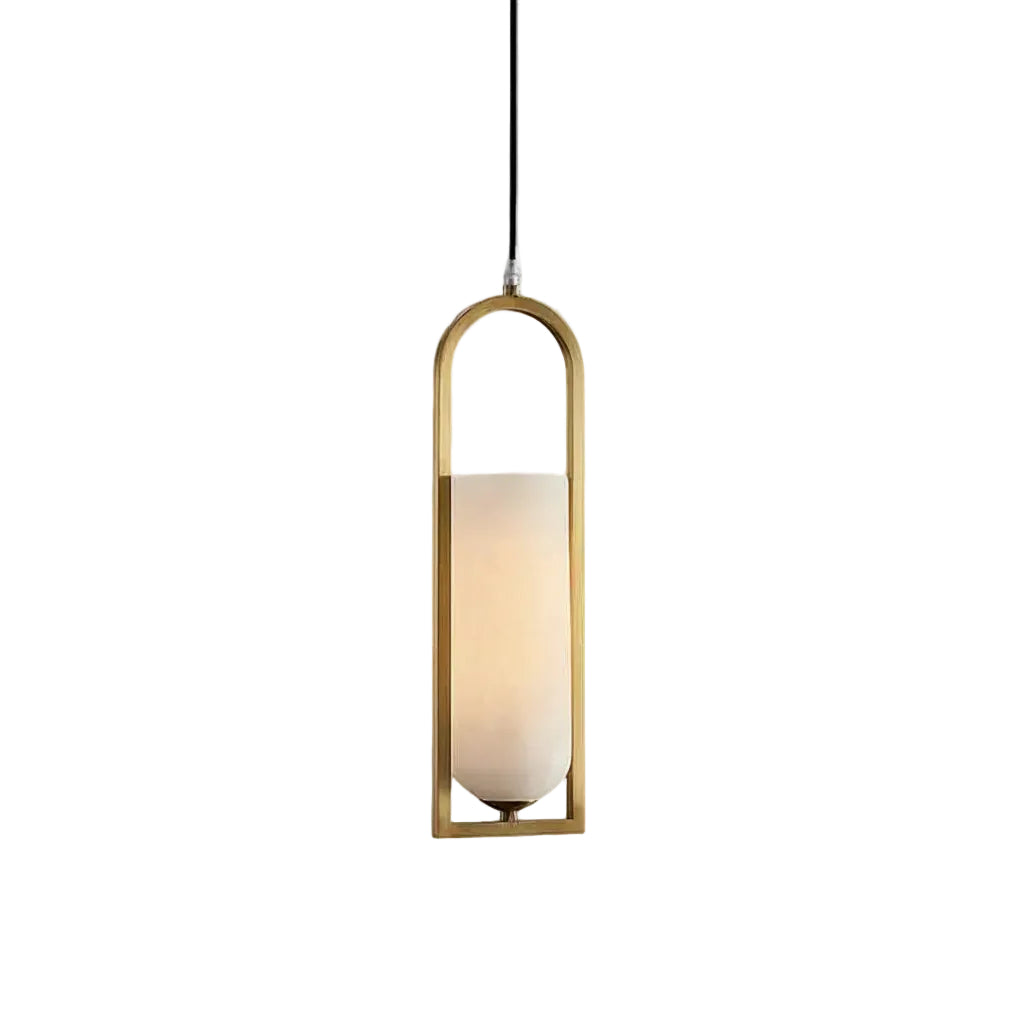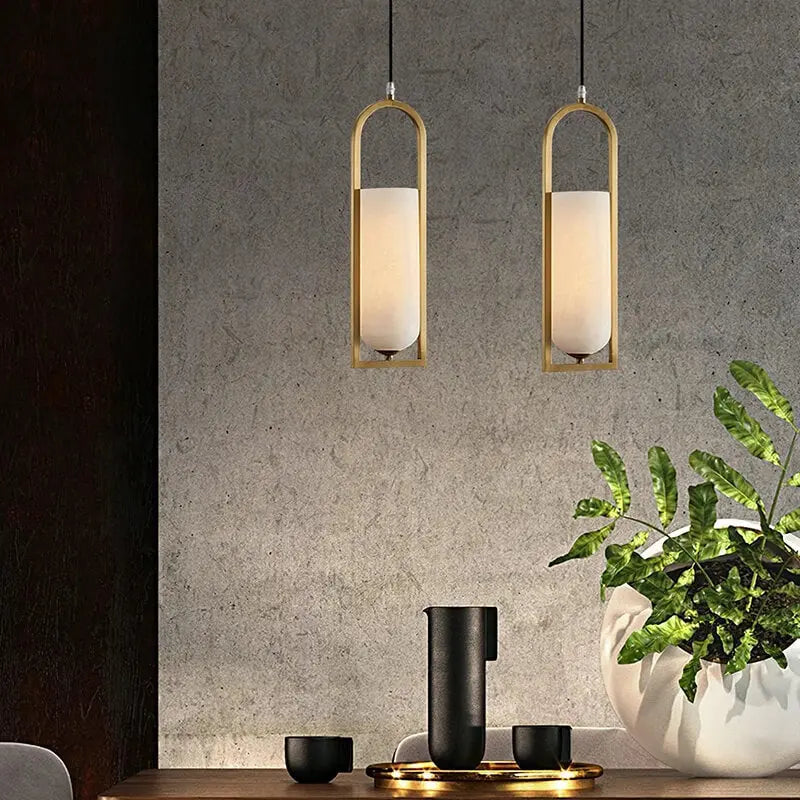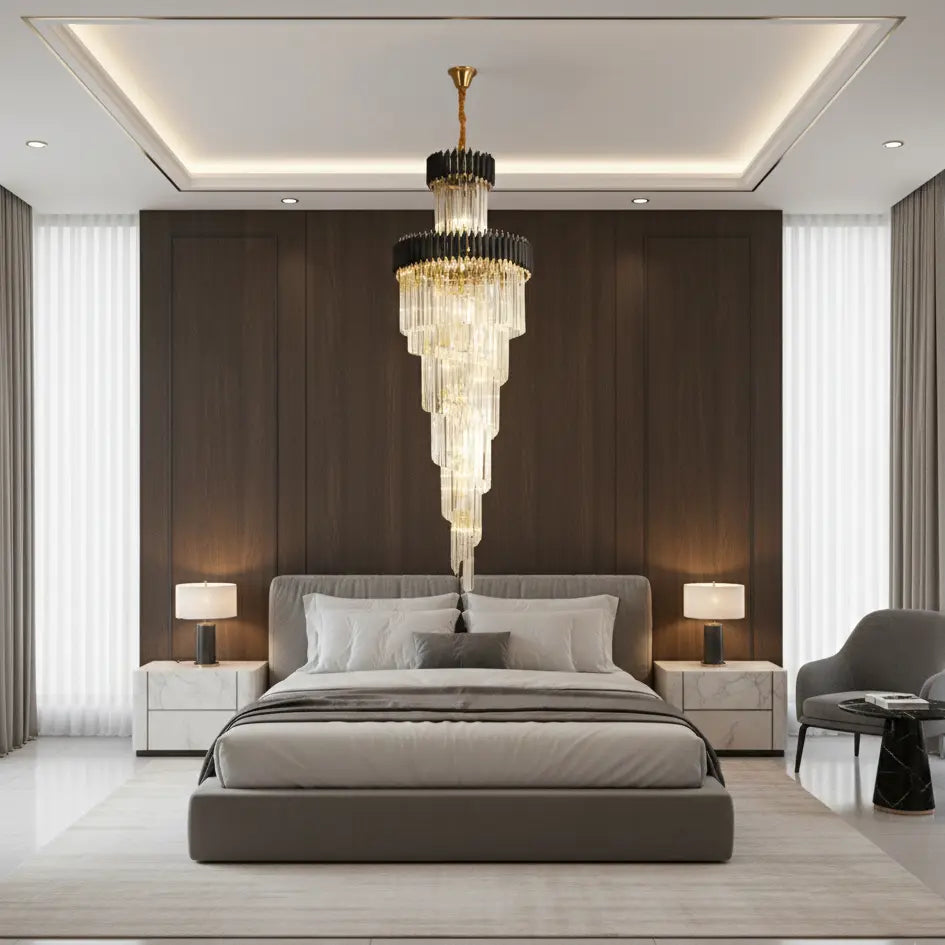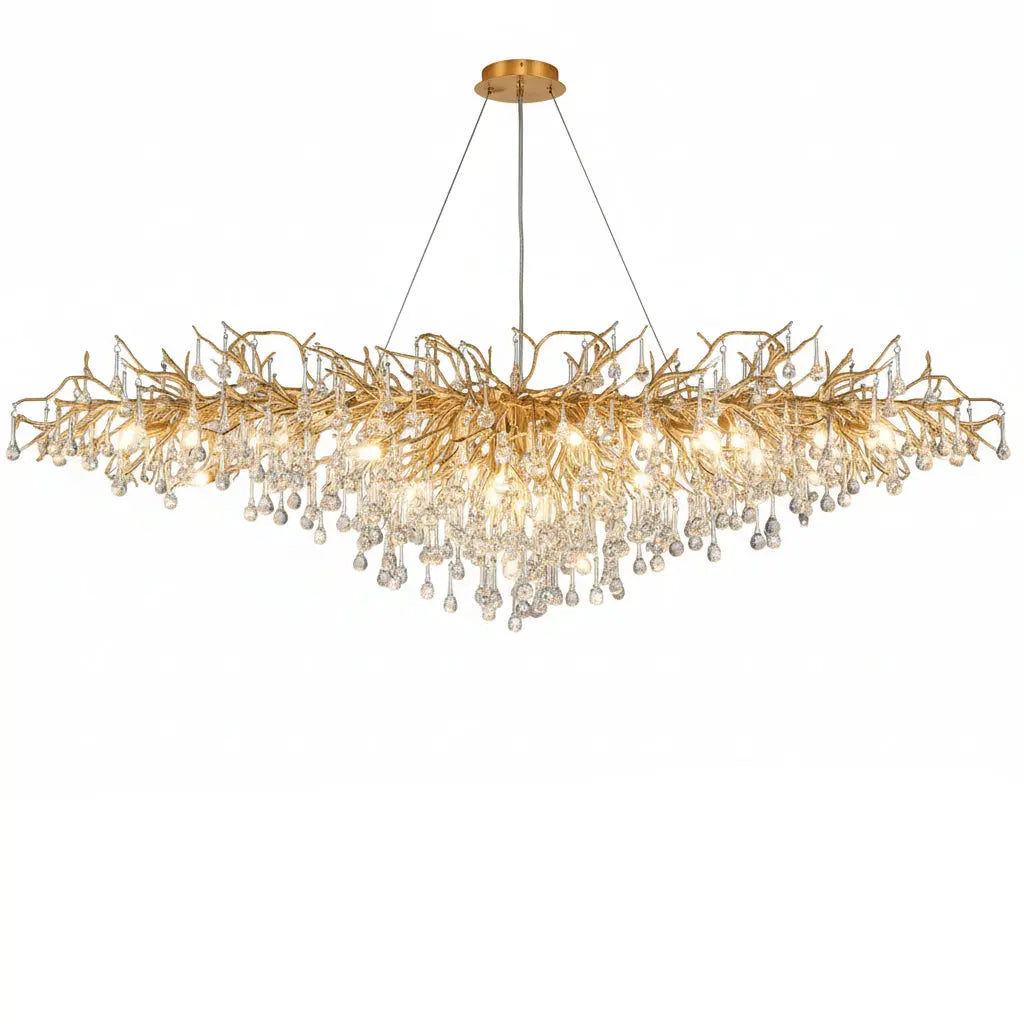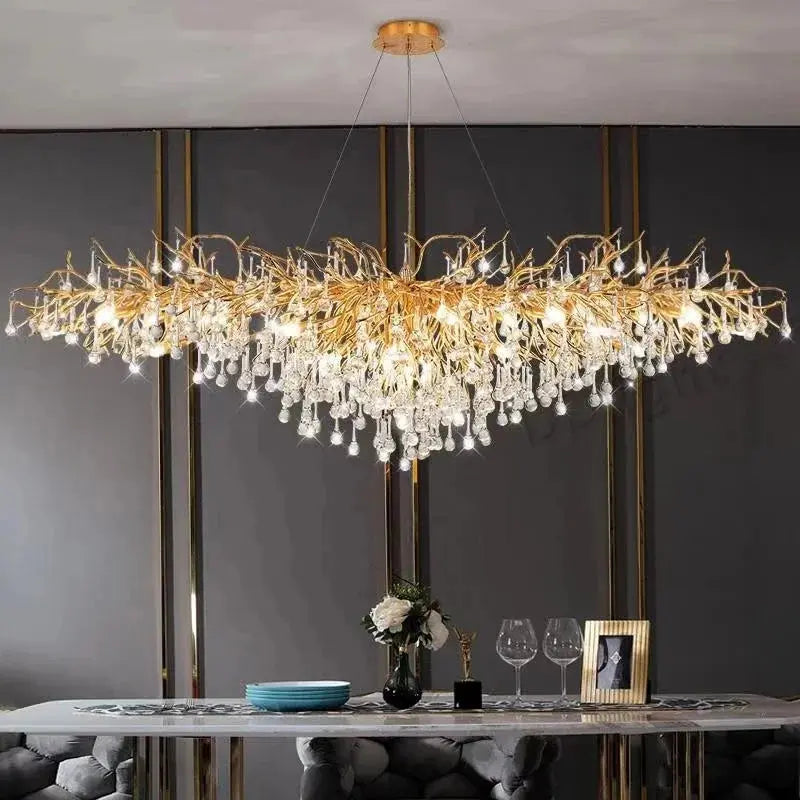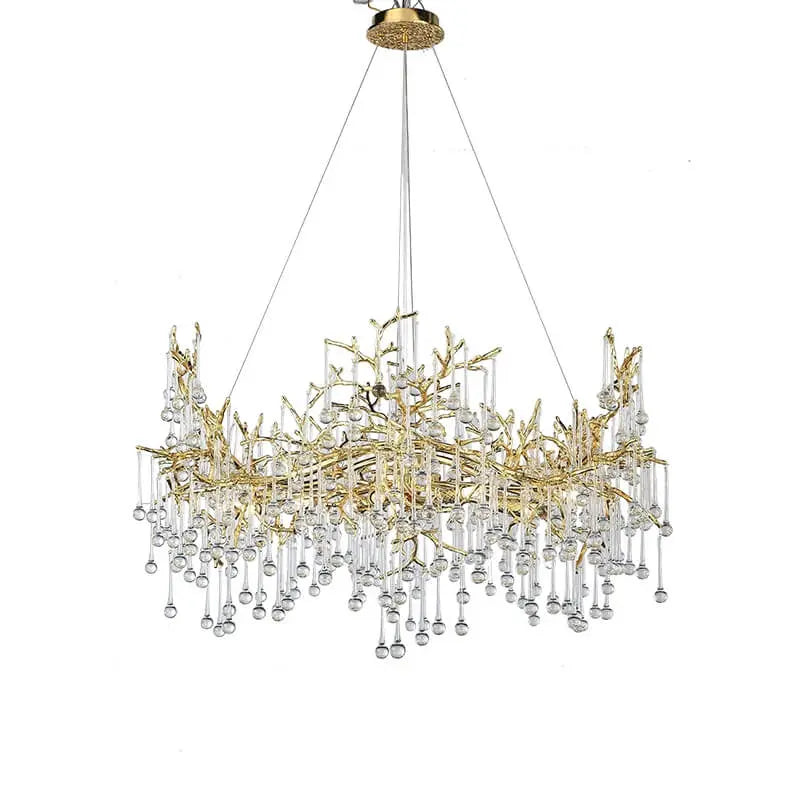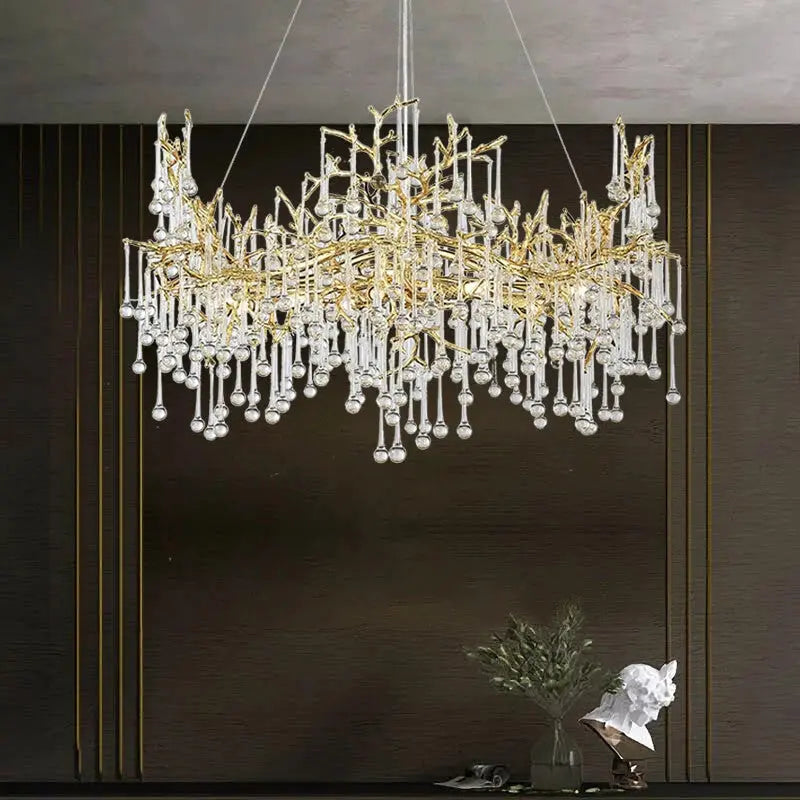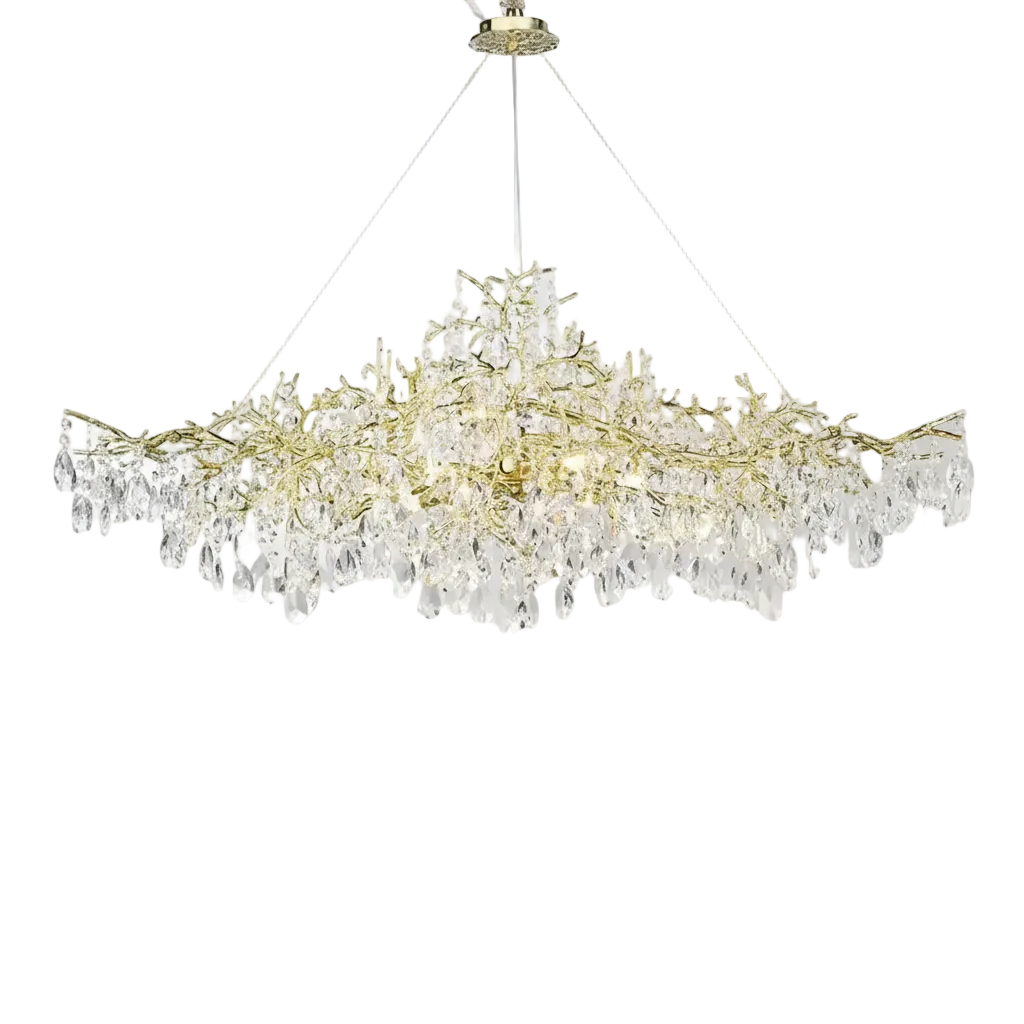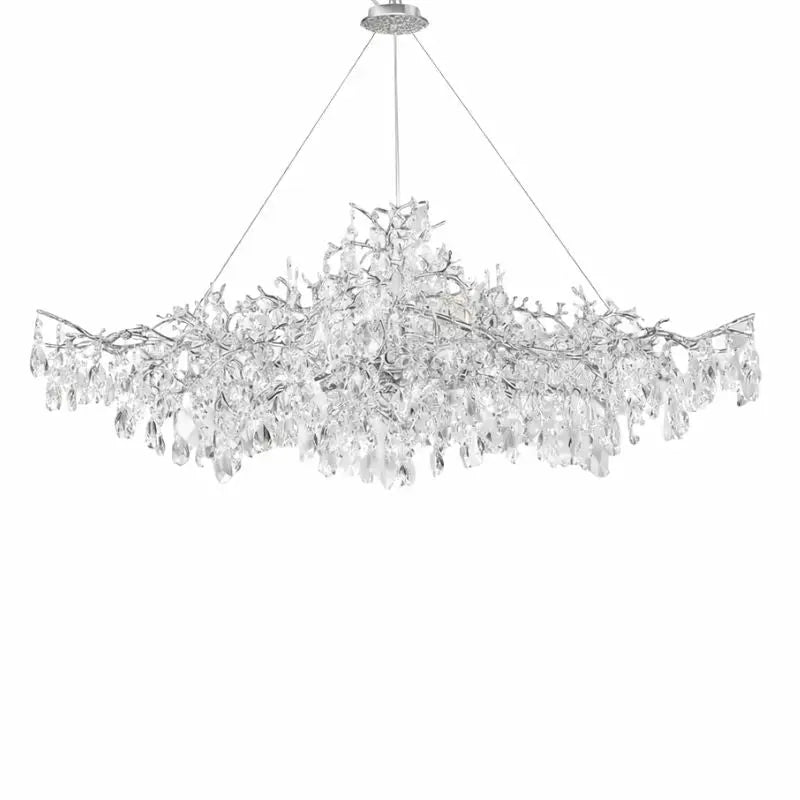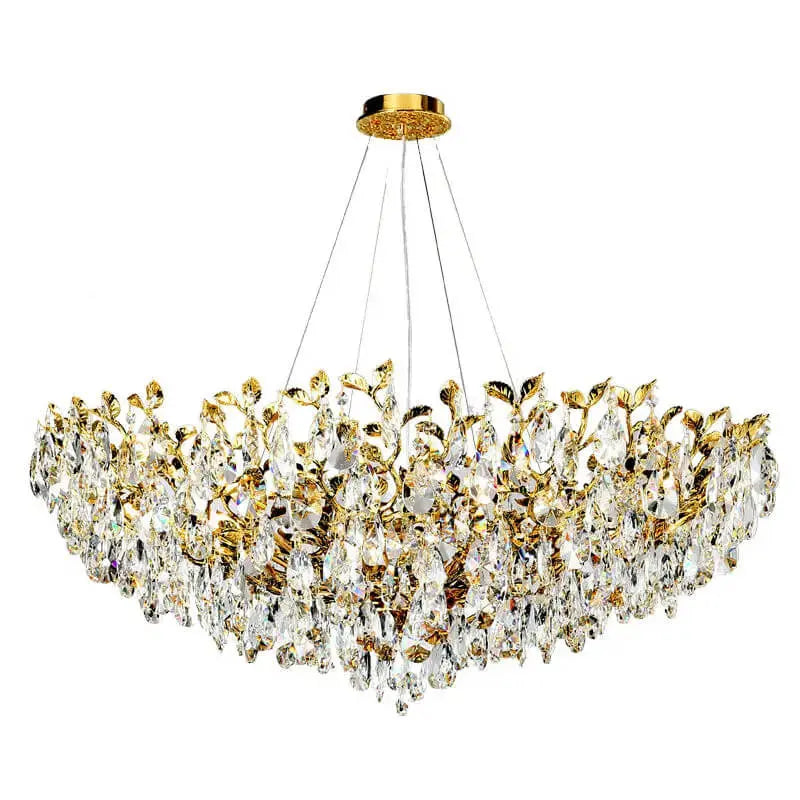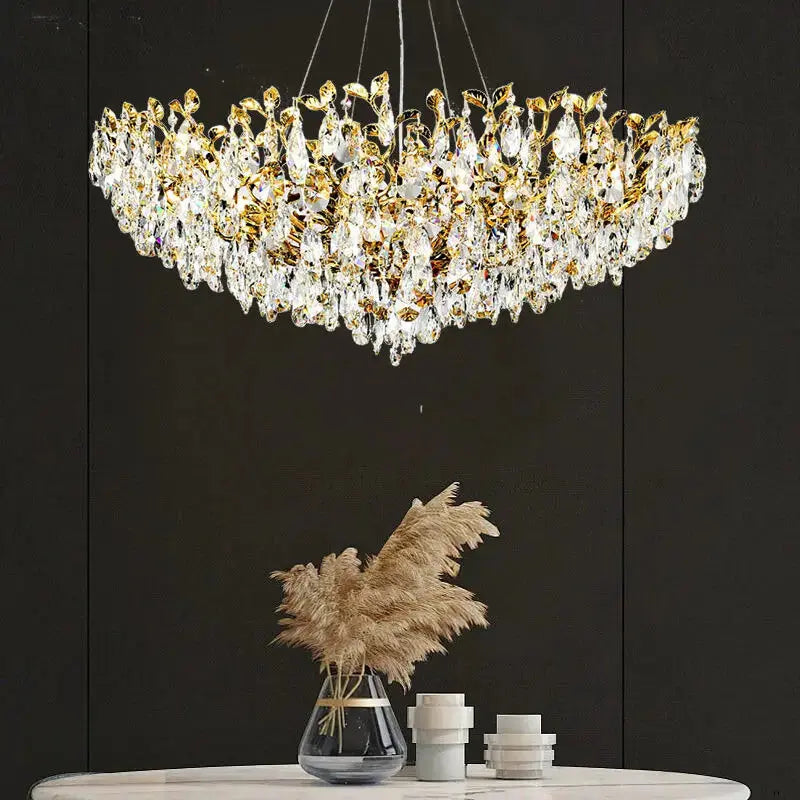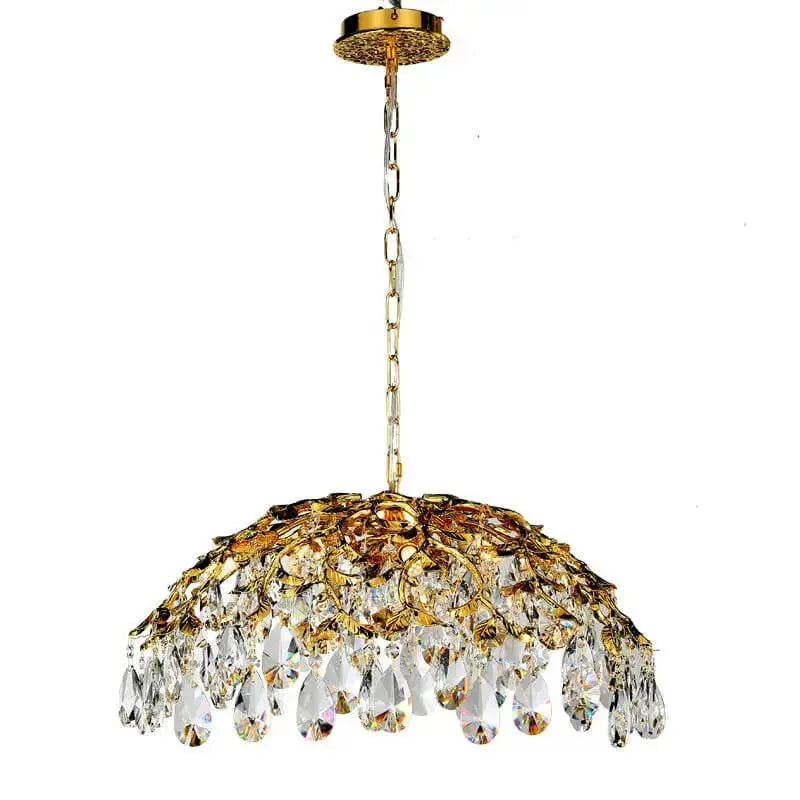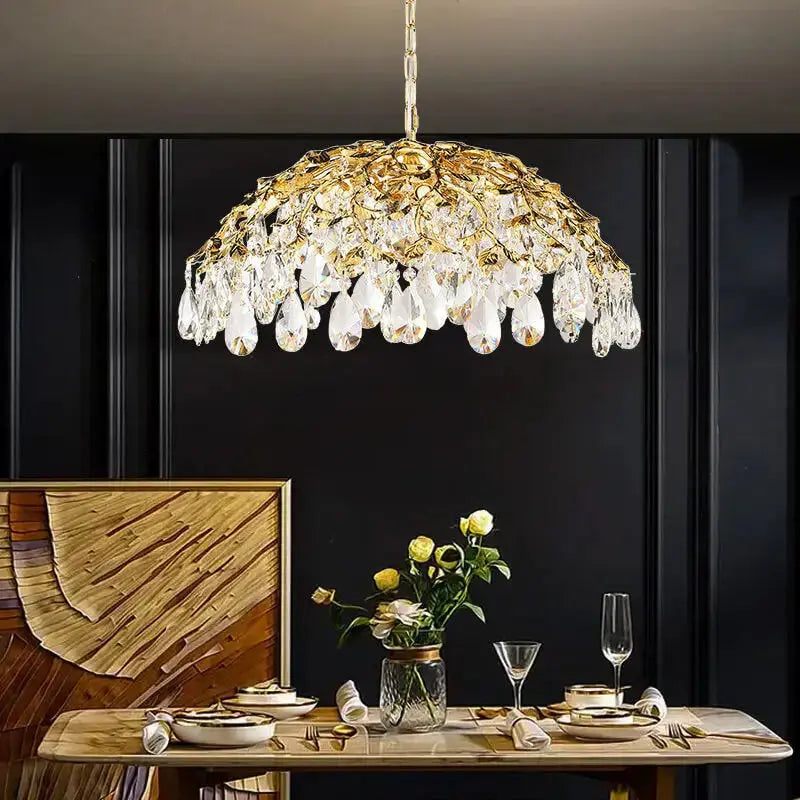Choosing the best LED ceiling lights for your living room can be a bit tricky. With so many options available, it's important to understand the different types and what factors to consider. This guide will help you make an informed decision and find the perfect lighting solution for your space.
Key Takeaways
- Learn about various types of LED ceiling lights like flush mount, recessed, pendant, and chandeliers.
- Consider room size, ceiling height, and the room's purpose when selecting your LED ceiling lights.
- Understand the importance of color temperature and how it affects the ambiance of your living room.
- Follow safety tips and a step-by-step guide for installing LED ceiling lights.
- Discover the benefits of LED lights, including energy efficiency, long lifespan, and eco-friendliness.
Understanding Different Types of Living Room LED Ceiling Lights
Choosing the right LED ceiling light for your living room can be a game-changer. Different types of LED ceiling lights offer unique benefits and can dramatically alter the ambiance of your space. Here, we'll explore the various options available to help you make an informed decision.
Factors to Consider When Choosing LED Ceiling Lights
Room Size and Ceiling Height
The size of your room and the height of your ceiling are crucial factors. For smaller rooms or those with low ceilings, flush mount or recessed lights are ideal. Larger rooms or spaces with higher ceilings can accommodate pendant lights or more decorative fixtures.
Purpose of the Room
Think about what you'll be doing in the room. For example, a living room used for reading might need brighter, more focused lighting, while a room for watching TV might benefit from softer, ambient light.
Compatibility with Existing Fixtures
Ensure that the new LED lights are compatible with your current fixtures. This includes checking the size, shape, and electrical requirements.
Energy Efficiency and Longevity
LED lights are known for their energy efficiency and long lifespan. High-quality LED ceiling lights can last up to 50,000 hours or more, making them a cost-effective option in the long run.
Choosing the right LED ceiling lights can enhance your living space while saving you money on energy bills.
How to Choose the Right Color Temperature for Your Living Room
Understanding Kelvin Ratings
The color temperature of LED lights is measured in Kelvins (K). This rating tells you how warm or cool the light will appear. Lower Kelvin ratings mean warmer, more yellow light, while higher ratings mean cooler, bluer light. For example:
- 2000K to 3000K: Soft amber glow, great for cozy spaces.
- 3000K to 3500K: Soft white light, ideal for general living areas.
- 3500K to 4000K: Cool white light, suitable for kitchens and workspaces.
- 4000K to 5000K: Daylight, very bright and vibrant, good for home offices.
- 5000K to 6500K: Daylight deluxe, extremely bright, usually for industrial settings.
Warm vs. Cool Light
Choosing between warm and cool light depends on the mood you want to create. Warm light (2000K-3000K) is perfect for creating a cozy atmosphere in living rooms and bedrooms. Cool light (4000K-5000K) is better for task-oriented spaces like kitchens and home offices.
Best Color Temperatures for Different Activities
Different activities require different lighting. Here are some suggestions:
- Relaxing and watching TV: 2000K-3000K
- Reading or working: 4000K-5000K
- Entertaining guests: 3000K-3500K
Choosing the right color temperature can make or break your living room's ambiance. Whether you're going for a minimalist living room decor or a more traditional look, the right lighting can enhance your space.
Remember, the key to a well-lit living room is balancing functionality with comfort. Whether you're inspired by Scandinavian home decor inspiration or vintage home decor trends, the right color temperature can help you achieve your desired look.
Installation Tips for Living Room LED Ceiling Lights
Installing LED ceiling lights in your living room can be a rewarding DIY project. Here are some essential tips to ensure a smooth installation process.
Benefits of Using LED Ceiling Lights in Your Living Room
Energy Efficiency
LED ceiling lights are known for their energy efficiency. They use up to 80% less energy than traditional incandescent bulbs and up to 72% less than halogen bulbs. This means you can save a lot on your electricity bills. Plus, using less energy is better for the environment, making LED lights a great choice for those interested in eco-friendly home decor ideas.
Long Lifespan
One of the best things about LED lights is their long lifespan. High-quality LED ceiling lights can last up to 50,000 hours or more. This means you won't have to replace them as often, saving you money and time in the long run. Imagine not having to change a light bulb for years!
Eco-Friendly Features
LED lights are also very eco-friendly. They don't contain harmful materials like mercury, which is found in some other types of bulbs. Their long lifespan means fewer bulbs end up in landfills. If you're into eco-friendly home decor ideas, LED lights are a perfect fit.
Aesthetic Appeal
LED ceiling lights come in many styles and designs, making it easy to find something that fits your living room's look. Whether you're into boho chic home decor or more modern styles, there's an LED light for you. They can also be used to highlight gallery wall ideas for living room or to add a touch of elegance to your space.
Common Mistakes to Avoid When Installing LED Ceiling Lights
When installing LED ceiling lights, there are several common mistakes that can affect the overall look and functionality of your lighting. Avoiding these pitfalls will help you achieve the best results for your living room.
Ignoring Room Dimensions
One of the most frequent mistakes is not considering the size of the room. Choosing a light fixture that is too small or too large can throw off the balance of the space. Make sure to measure your room and select a fixture that complements its dimensions.
Choosing the Wrong Color Temperature
Selecting the wrong color temperature can drastically affect the ambiance of your living room. Warm light is generally more relaxing, while cool light is better for tasks. Be sure to pick a color temperature that suits the activities you plan to do in the room.
Overlooking Dimmable Options
Dimmable lights offer flexibility in setting the mood and adjusting the brightness according to the time of day. Not opting for dimmable lights can limit your ability to create a cozy atmosphere or a well-lit space for activities.
Not Checking Compatibility
Before purchasing, ensure that the LED lights are compatible with your existing fixtures and dimmer switches. Incompatibility can lead to flickering or even damage to the lights.
Taking the time to plan and consider these factors can save you from common mistakes and help you create a beautifully lit living room.
Innovative Features to Look for in Modern LED Ceiling Lights
Smart Home Integration
Modern LED ceiling lights can be integrated with smart home systems. This allows you to control the lights using voice commands or through a smartphone app. Smart home integration can make your life easier and more convenient.
Dimmable and Tunable Options
Dimmable LED lights let you adjust the brightness to suit different activities and moods. Tunable options go a step further by allowing you to change the color temperature. This feature is perfect for creating the right ambiance in your living room.
Remote Control and App Compatibility
Many LED ceiling lights come with remote controls or can be operated via a smartphone app. This means you can adjust the lighting without getting up from your seat. It's a great way to enhance your living room's comfort and functionality.
When choosing LED ceiling lights, look for features that will make your life easier and your home more comfortable.
Modern LED ceiling lights come with a range of innovative features that can transform any room. From energy efficiency to smart home compatibility, these lights offer both style and functionality. Ready to upgrade your lighting? Check out our latest collection and find the perfect fit for your home.
Conclusion
Choosing the best LED ceiling lights for your living room doesn't have to be a daunting task. By considering factors like room size, ceiling height, and the type of ambiance you want to create, you can find the perfect lighting solution that fits both your needs and style. Remember, LED lights are not only energy-efficient but also long-lasting, making them a smart investment for any home. Whether you prefer the sleek look of recessed lights or the statement-making appeal of chandeliers, there's an LED option out there for you. So take your time, explore your options, and enjoy the bright, beautiful results in your living space.
Frequently Asked Questions
What are the benefits of using LED ceiling lights in the living room?
LED ceiling lights are energy-efficient, long-lasting, and environmentally friendly. They also come in various styles and colors, making it easy to find a design that matches your living room decor.
How do I choose the right color temperature for my living room LED ceiling lights?
Color temperature is measured in Kelvins. For a cozy, warm feel, look for lights in the 2700K-3000K range. For a cooler, more energetic atmosphere, choose lights with a higher Kelvin rating, like 4000K-5000K.
Can I install LED ceiling lights myself?
Yes, but it's important to follow safety guidelines. Make sure to turn off the power before starting and use the right tools. If you're unsure, it's always best to hire a professional.
What types of LED ceiling lights are best for low ceilings?
Flush mount and recessed LED ceiling lights are ideal for rooms with low ceilings. They provide ample lighting without taking up much space.
Are LED ceiling lights compatible with dimmer switches?
Many LED ceiling lights are compatible with dimmer switches, but it's important to check the product specifications to ensure compatibility.
How do I determine the right number of lumens for my living room?
The number of lumens you need depends on the size of the room and the type of activities you do there. Generally, 10-20 lumens per square foot is a good rule of thumb for living rooms.




